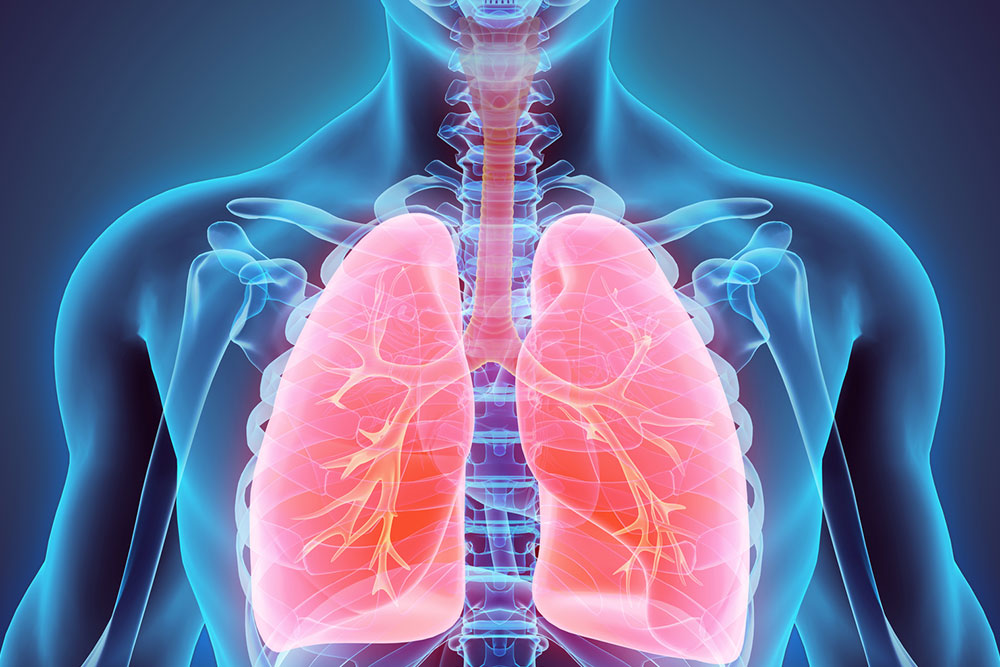A Comprehensive Overview of Breast Cancer: Types, Diagnosis, and Emerging Treatment Options
This comprehensive article explores breast cancer's various types, diagnostic methods, symptoms of metastasis, and innovative treatment options. It emphasizes early detection and recent medical advances to improve outcomes. Covering rare variants and metastatic challenges, it provides valuable insights into modern breast cancer management and emerging therapies, offering hope for better patient prognosis and personalized treatment strategies.

Understanding Breast Cancer: An In-Depth Overview of Key Facts and Recent Medical Advancements
Breast cancer remains one of the most prevalent and impactful health concerns among women worldwide. The complexity of breast tissue, which consists of various types of tissues including ducts, lobules, and connective tissue, contributes to the variety of breast cancer types. Early detection of breast cancer is crucial because, in its initial stages, it often presents no noticeable symptoms. This underscores the importance of regular self-examinations and routine screenings to catch abnormalities early, significantly improving treatment success rates and survival outcomes. Over recent decades, advances in medical research and technology have revolutionized breast cancer management, making many cases highly treatable and reducing mortality. Nonetheless, late diagnoses still pose a challenge, as some forms of aggressive or metastatic breast cancer remain difficult to control.
Types of Breast Cancer: An Extensive Classification
Angiosarcoma: A rare form of breast cancer that originates within the blood vessels or lymphatic vessels of the breast. It accounts for a very small percentage of breast cancers but tends to grow rapidly and can be highly aggressive.
Ductal Carcinoma In Situ (DCIS): One of the most common early-stage breast cancers, DCIS is characterized by abnormal cells confined within the milk ducts without invading surrounding tissues. This form is highly treatable with a very favorable prognosis when detected early.
Invasive Lobular Carcinoma (ILC): Begins in the lobules, which are the milk-producing glands. This invasive type can spread beyond the lobules into nearby tissues and more distant parts of the body, complicating treatment strategies.
This classification can influence treatment choices and prognosis. Among the rarer variants are:
Inflammatory Breast Cancer (IBC): A rapidly progressing and aggressive form of breast cancer, IBC often presents with swelling, skin discoloration, warmth, and noticeable pain. Its distinctive presentation often leads to misdiagnosis as an infection.
Paget’s Disease of the Nipple: Starting in the nipple ducts, this form extends to the surrounding skin and areola. It typically affects women, though men can develop it as well. Symptoms include eczema-like changes, redness, and crusting around the nipple area.
Male Breast Cancer: Although less common, men can develop breast cancer, often presenting later due to lower awareness. It tends to be similar in pathology to female breast cancers but may be diagnosed at a more advanced stage.
Recurrent Breast Cancer: This refers to cancer that returns after initial treatment—either in the same location or elsewhere in the body. It challenges both treatment and prognosis, often requiring multimodal approaches.
Diagnostic Procedures for Breast Cancer: From Screening to Confirmation
Screening primarily involves mammography, which can identify suspicious abnormalities before they become palpable. When screening results are positive, further diagnostic tests are necessary.
Diagnostic mammograms provide closer and more detailed imaging of suspicious areas. Ultrasonography is often used alongside mammograms to distinguish cystic from solid masses.
Magnetic Resonance Imaging (MRI): This highly sensitive imaging modality offers detailed visualization, particularly useful in screening women at high risk or in complex cases.
Biopsy Techniques: Fine needle aspiration, core needle biopsy, and excisional biopsy are employed to obtain tissue samples from suspicious lesions. These samples are then analyzed histologically to determine the presence of cancer cells.
Pathological examination by expert histopathologists establishes crucial details such as cancer type, stage, grade, and receptor status (hormone receptors, HER2 status), guiding personalized treatment plans.
The Challenges and Symptoms of Metastatic Breast Cancer
Metastatic breast cancer occurs when primary tumor cells spread via blood or lymphatic systems to distant organs, complicating treatment and prognosis.
Common sites include bones, liver, lungs, and brain, each presenting distinct symptoms:
Bone Metastasis: Causes persistent pain, swelling, fractures, and spinal cord compression leading to neurological deficits.
Brain Involvement: Symptoms include persistent headaches, vision problems, seizures, personality changes, and nausea, often requiring immediate medical intervention.
Lung Metastasis: May produce symptoms like chronic cough, shortness of breath, chest pain, and abnormal chest X-rays revealing nodules or infiltrates.
Liver Spread: Results in jaundice, abdominal pain, swelling, bleeding tendencies, and fluid accumulation (ascites).
Emerging Treatments for Advanced Breast Cancer: Hope and Innovation
While traditional therapies like chemotherapy, radiation therapy, and surgery remain vital, newer targeted therapies are transforming treatment landscapes.
Immunotherapy: This innovative approach enhances the body's immune response to recognize and attack cancer cells. Monoclonal antibodies, immune checkpoint inhibitors, and cancer vaccines are at the forefront.
Next-Generation Chemotherapy: Allied with precision medicine, newer chemotherapy agents target specific cancer pathways with improved efficacy and reduced side effects.
Hormone Therapy: For hormone receptor-positive cancers, therapies that block estrogen or progesterone effects can inhibit tumor growth effectively. Medications such as selective estrogen receptor modulators (SERMs) and aromatase inhibitors are widely used.
Research into combination therapies, personalized medicine, and gene-targeted treatments continues to advance, offering new hope for patients with metastatic disease.





